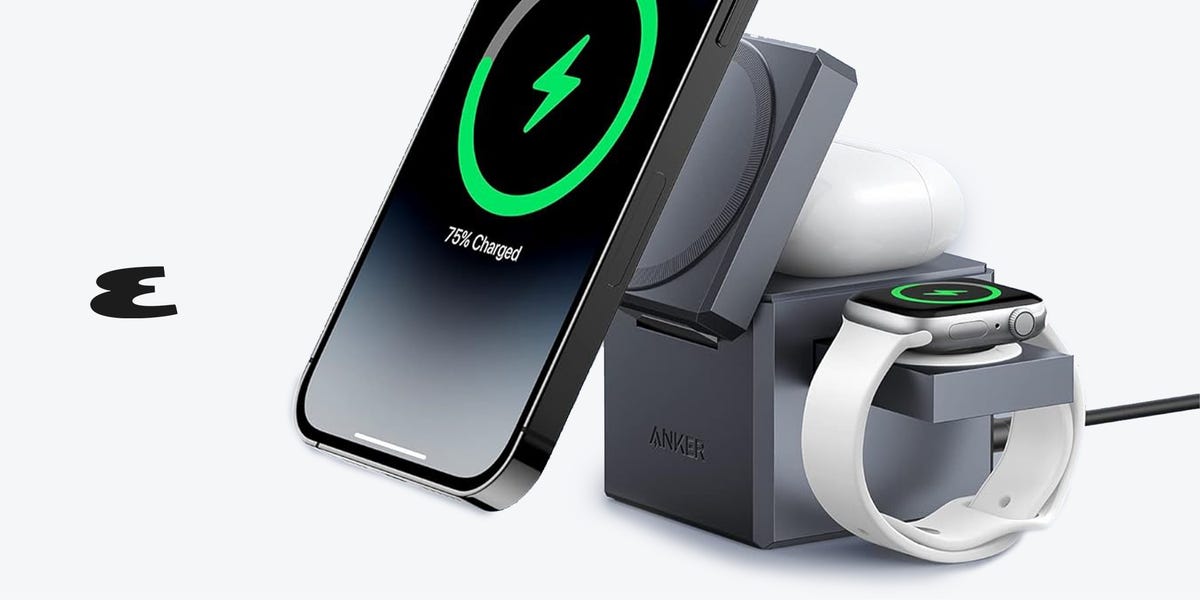Unlock the Ultimate Convenience: Discover the Wireless Apple 3-in-1 Chargers That Will Change How You Power Up Forever
Ever found yourself wondering how much juice your wireless charger really needs to keep your iPhone humming happily? Yeah, me too. It’s not just about plonking your phone down and hoping for the best—there’s an actual wattage game going on behind the scenes. For anyone juggling a phone, watch, and earbuds, the right power output isn’t just a nice-to-have; it’s a must. Imagine trying to fuel your gadgets with a charger that can’t keep up—it’s like taking a sip of water when you’re parched—but hey, did you know most wireless setups actually need a hefty 30-watt power brick just to spread the love evenly? And speaking of love, let’s not forget the magnetic charm-off between Qi and MagSafe—one’s universal, the other Apple’s VIP club. Plus, there’s this nifty StandBy Mode on iOS 17 that turns your charging phone into a mini digital butler. Intrigued? Let’s dive in and get your tech charging smarter, not harder. LEARN MORE

What kind of power output should I be looking for?
This is why it’s important to consider the wattage when choosing the charging station or pad that’s right for you. We recommend a unit that can reach wireless charging speeds of 15 watts for your iPhone. For your phone, 15 watts is what you should be looking for, with five watts being the accepted output for watch and earbud charging. That means you need power bricks that exceed that combined total.
For example, all of our picks come with a power brick that is, in most cases, a 30-watt charger. This allows it to pump 15 watts to the phone, and five watts each to the watch and earbuds.
Many offerings require you to buy one separately, so buyer beware.
What’s the difference between Qi and MagSafe?
Qi charging is the industry standard for wireless-charging tech. If you care, we are currently on Qi2, which is a significant step up in power, from five watts to 15. Qi works with all devices that support wireless charging, unlike MagSafe.
MagSafe is proprietary and exclusive to Apple products. It can charge devices with up to 15 watts of power (outdoing Qi until the recent update to Qi2) and is compatible with all iPhones 12 or later. In addition to fast charging, the magnetic pull of MagSafe chargers is stronger, forming a tighter seal between the phone and charger than with standard Qi.
What Is StandBy Mode on my iPhone?
On iOS 17 and newer, iPhones have a feature called StandBy Mode. When enabled (it’s on by default, so you have to go into settings to disable it), it turns your charging phone into a clock featuring custom widgets, notifications, and photos of your choosing. By default, it will show you the time and pick random highlights from your camera roll to display.
What is Nightstand Mode on my Apple Watch?
The Apple Watch has a feature that is functionally the equivalent (albeit with less information due to the smaller display) of StandBy Mode. It is called Nightstand Mode, but many users of both devices use the two terms interchangeably.
Is wireless charging faster than wired charging?
No. Wired charging is faster. To some (myself included) it is a bit more inconvenient than MagSafe charging.
Does wireless charging kill your phone battery faster?
Wireless charging has not be proven to directly affect the health of your phone battery. That being said, the connection between the phone and the wireless charging pad does tend to generate a lot of heat. Heat is known to have an adverse effect on batteries. Therefore, some believe that wireless charging will kill your battery faster in the long run.














Post Comment